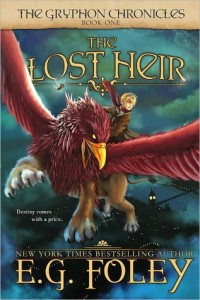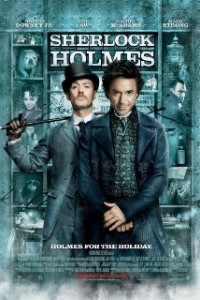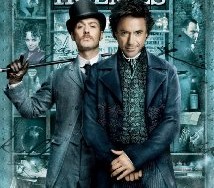 Before we left on vacation, my son wanted to download a new book to his Kindle. Like a good Word Nerd Mama, I read the description first. (See my post on The Maze Runner to learn what happened when I wasn’t such a good mama.)
Before we left on vacation, my son wanted to download a new book to his Kindle. Like a good Word Nerd Mama, I read the description first. (See my post on The Maze Runner to learn what happened when I wasn’t such a good mama.)
The book in question, The Lost Heir, is the first volume in a new fantasy series by E. G. Foley. Amazon describes it as a “historical fantasy adventure with a hint of steampunk.”
My son looked at me and asked, “What is steampunk?”
The husband chimed in from across the room. “Steampunk?”
Several months ago, a friend tried to explain steampunk as “the world if electronic or digital technology never happened.” But when I used that line with my family, I got a lot of raised eyebrows. And so a Google search ensued.
Steampunk = a complicated term
Steampunk can describe many different things: literature, design, or a philosophy. It usually includes 19th century elements (think steam power and the beginning of the industrial revolution) with a deconstruction of accepted history (that’s the punk). After reading several articles on the subject, I’ve generated a list of basic steampunk characteristics:
- set back in time, but with advanced machines; usually involves an “alternative history”
- OR set in an post-apocalyptic future, with renewed emphasis on steam power
- supernatural elements (sometimes)
- cool contraptions and gadgets, usually powered by steam or springs (“retro technology”)
- Victorian style with hints of technology and adventure
- an emphasis on creativity, self-reliance, and adventure
You can find steampunk most often in science fiction, “speculative fiction”, and fantasy, but it’s making it’s way into other genres, like romance.
Examples of Steampunk
Wikipedia says that the term was first used in the late 1980’s, but we can trace steampunk influence as far back as the 19th century authors Jules Verne (Around the World in Eighty Days), H.G. Wells (The Time Machine), and Mary Shelley (Frankenstein).
I’ve never heard of most of the modern books identified as steampunk, but here are some examples:
- The Difference Engine by William Gibson and Bruce Sterling
- Infernal Devices by K.W. Jeter
- Leviathan by Scott Westerfeld
- The League of Extraordinary Gentleman, Vol. 1 by Alan Moore
 A few movies come up in the discussion of steampunk, and these mean more to me:
A few movies come up in the discussion of steampunk, and these mean more to me:
- Wild, Wild West, with Will Smith
- Sherlock Holmes, with Robert Downey, Jr. (I love the S.H. movies for the music and the great chemistry between Holmes and Watson; my 13-year-old son likes the gadgets and the fighting!)
For a more in-depth explanation of steampunk, see this great article on steampunk.com, as well as the rest of the site!
How do you describe steampunk? Can you suggest any other books or movies that fit the steampunk image?
Thanks for stopping by!
Julia


I love steampunk! They’re not good for kids, but Gail Carriger’s Parasol Protectorate series is the best.
Thanks for the suggestion- and the caveat about it not being kid lit material!
I keep hearing about steampunk – but I was way off in my assumption. Thanks for the explanation!
I’ve never heard of this term before, but I can see how the Sherlock Holmes movies would fit the definition. BTW, I love those movies too. Can’t go wrong with Robert Downey, Jr. & Jude Law!
Thanks for defining this! I’ve heard the term tossed around a couple of times and was hoping for a clearer definition.
Happy to help Jennifer!
One of my writing friends in real life is working on a steampunk comic book. He got his funding from Kickstarter. I didn’t know what it was until he started this project.
That sounds really cool Mary!